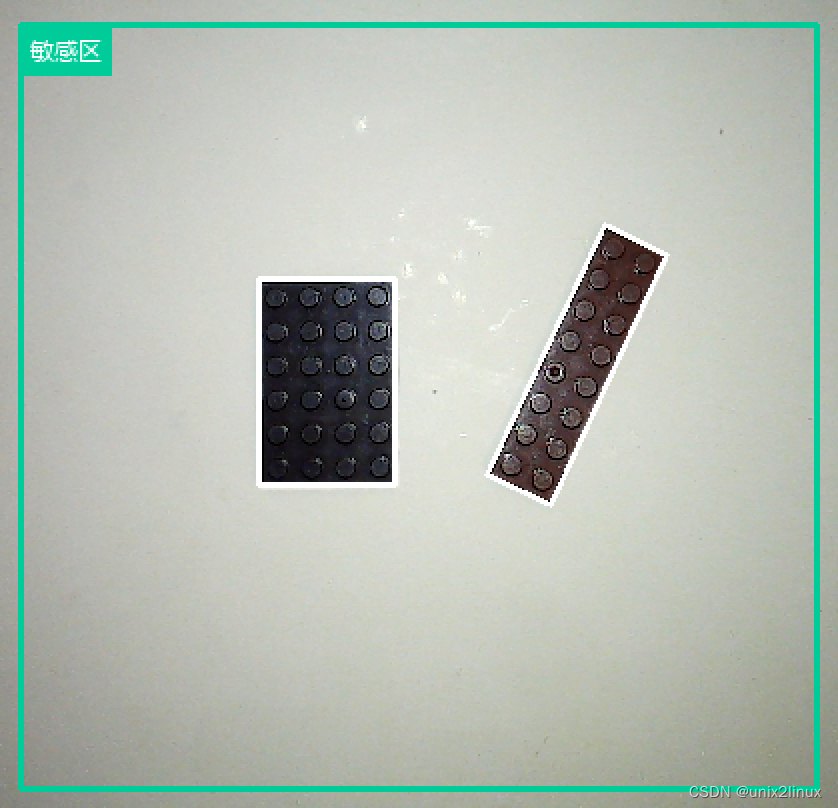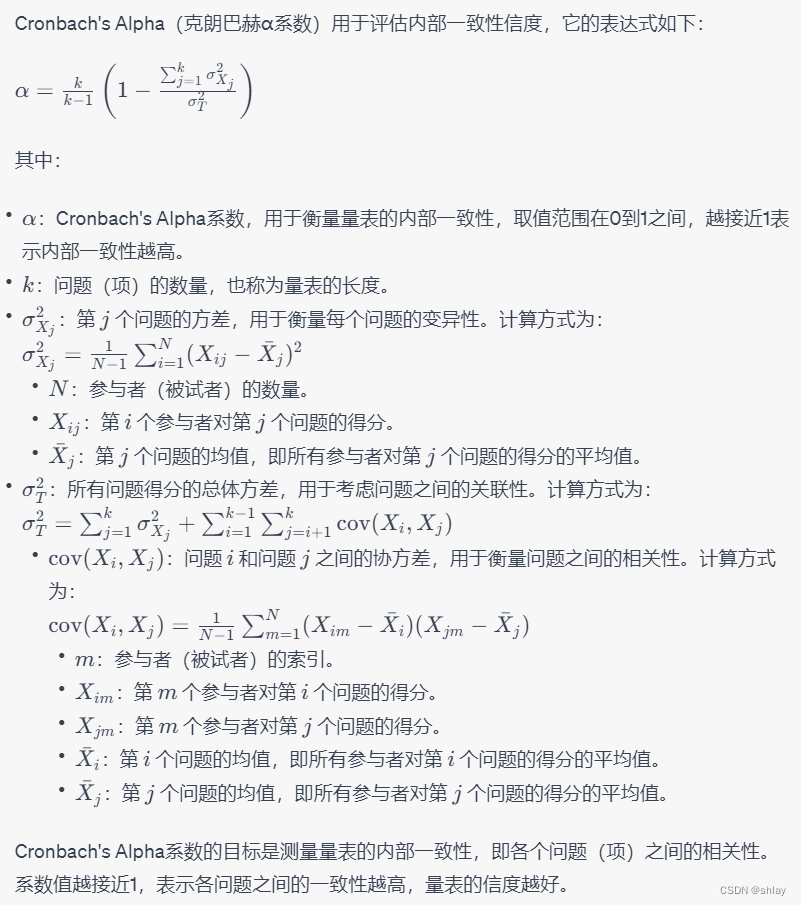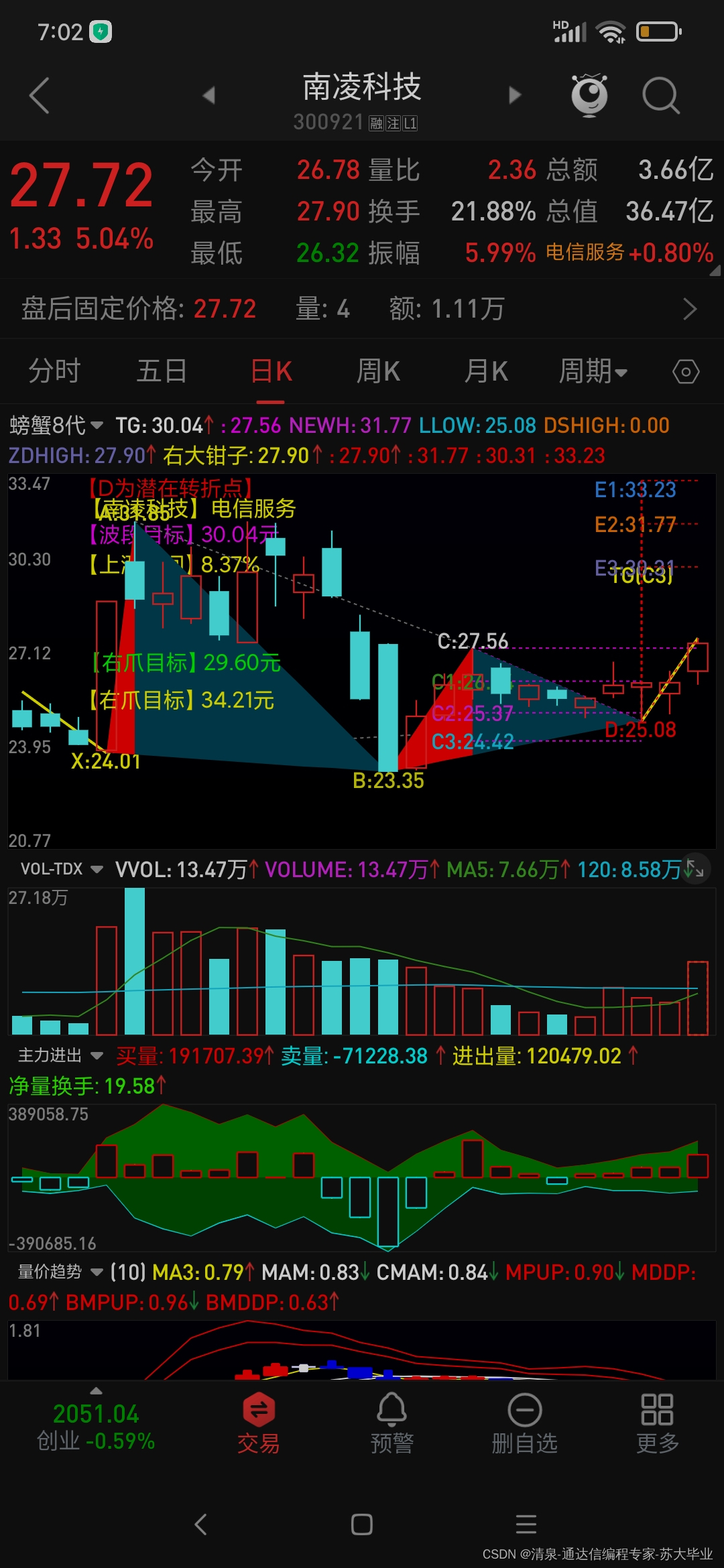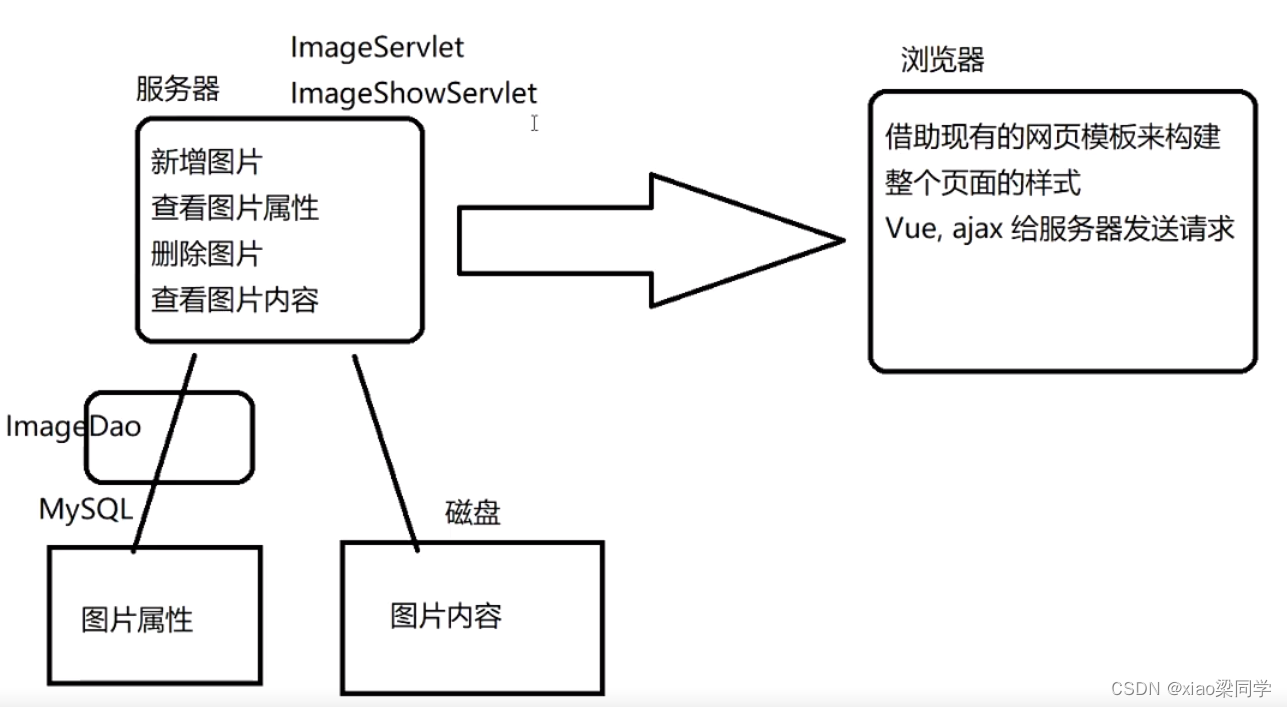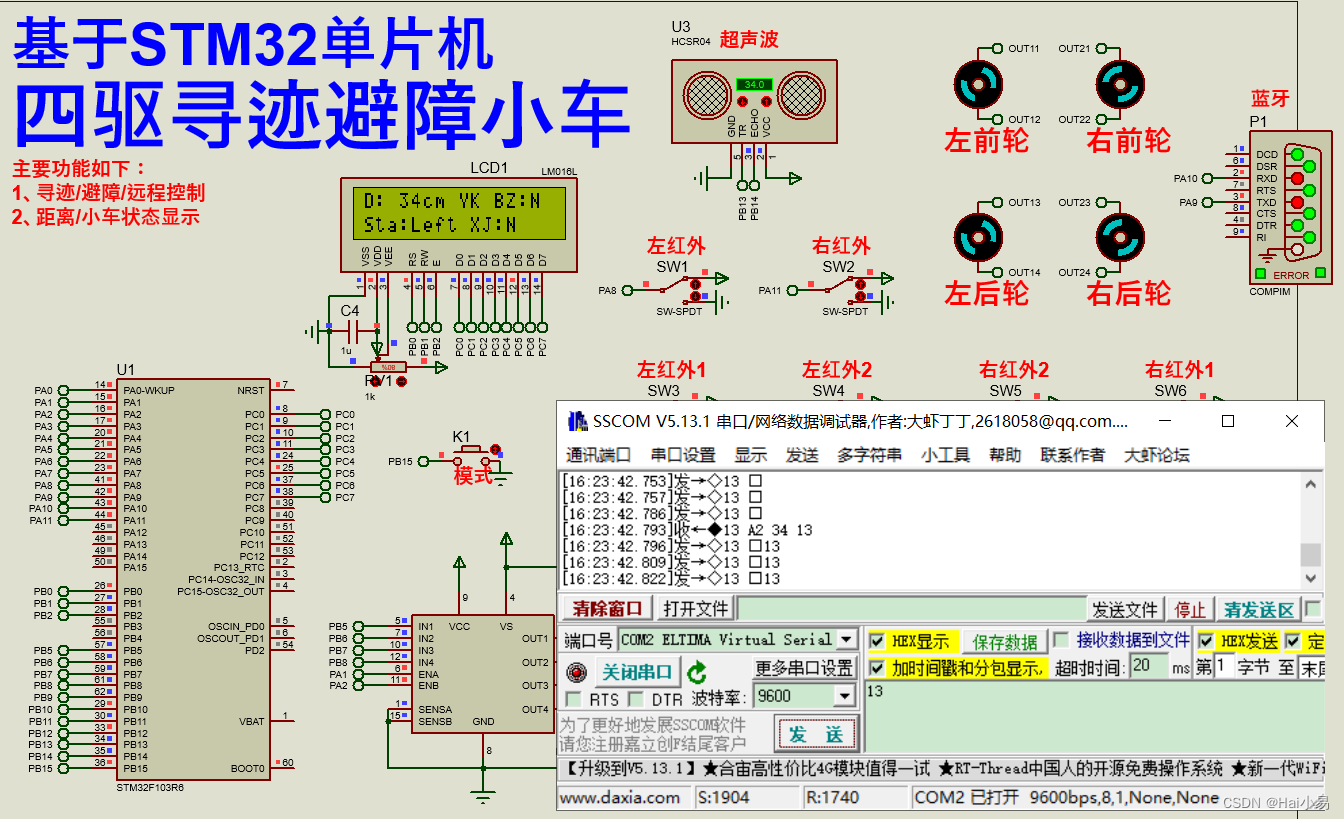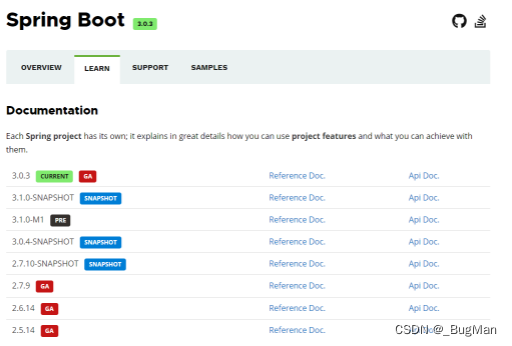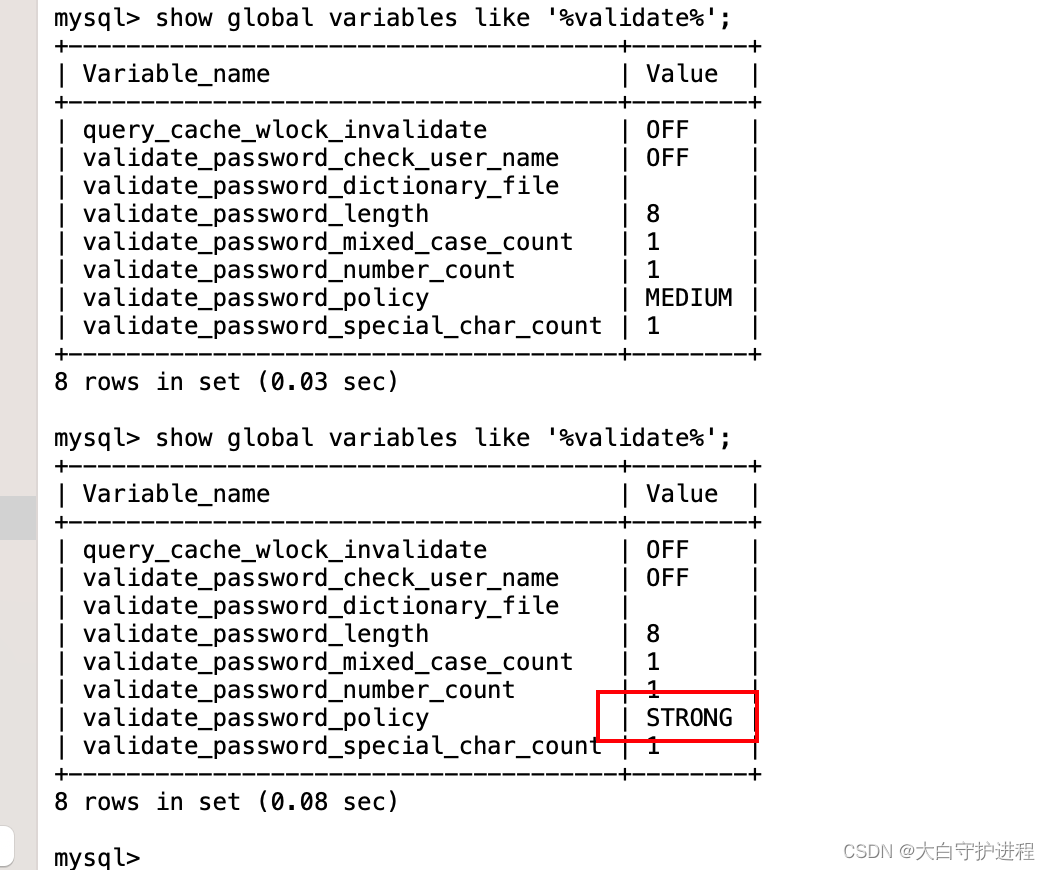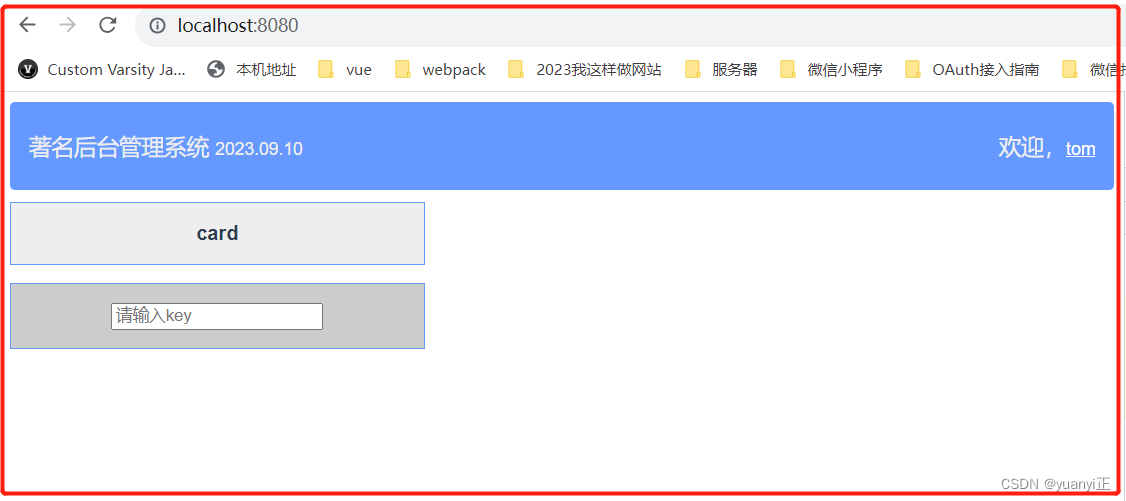结构树

版本

1、创建vue.config.js
const path = require('path');
const UglifyJsPlugin = require('uglifyjs-webpack-plugin')
//压缩
const CompressionWebpackPlugin = require('compression-webpack-plugin')
const isProduction = process.env.NODE_ENV !== 'development';module.exports = {// 将 examples 目录添加为新的页面pages: {index: {// page 的入口entry: process.env.NODE_ENV === 'production' ? 'src/main-prod.js' : 'src/main.js',// 模板来源template: 'public/index.html',// 输出文件名filename: 'index.html'}},runtimeCompiler: true,publicPath: "./", // 官方要求修改路径在这里做更改,默认是根目录下,可以自行配置outputDir: 'dist', //标识是打包哪个文件productionSourceMap: false,configureWebpack: config => {if (isProduction) {//移除代码中的打印config.plugins.push(new UglifyJsPlugin({uglifyOptions: {output: {comments: false, // 去掉注释},warnings: false,compress: {drop_console: true,drop_debugger: false,pure_funcs: ['console.log']//移除console}}}))//压缩大于200k的文件config.plugins.push(new CompressionWebpackPlugin({filename: '[path][base].gz',algorithm: 'gzip',// test: /\.js$|\.html$|\.json$|\.css/,test: /\.js$|\.json$|\.css/,threshold: 204800, // 只有大小大于该值的资源会被处理minRatio: 0.8, // 只有压缩率小于这个值的资源才会被处理// deleteOriginalAssets: true // 删除原文件}))}console.log("------------------------------" + isProduction)},chainWebpack: config => {// 发布模式 优化首次加载 采用本地cdn(若需要更多优化可自行添加)config.when(process.env.NODE_ENV === 'production', config => {config.set('externals', {axios: 'axios','vue-router': 'VueRouter',})})},devServer: {proxy: {'/config': {target: 'http://xxx.xxx.xx.xxx:xxx',//代理地址,这里设置的地址会代替axios中设置的baseURL//changeOrigin: true,// 如果接口跨域,需要进行这个参数配置//ws: true, // proxy websockets//pathRewrite方法重写urlpathRewrite: {'^/config': '/config'//pathRewrite: {'^/api': '/'} 重写之后url为 //pathRewrite: {'^/api': '/api'} 重写之后url为 /api/xxxx}}, '/guacamole': {target: 'ws://xxx.xxx.xx.xxx:xxx',pathRewrite: {'^/guacamole': '/guacamole'}},}},css: {loaderOptions: {less: {lessOptions: {modifyVars: {},javascriptEnabled: true,},},},},
}
如果采用了本地cdn则index.html
<!-- 使用CDN的CSS文件 --><% if (process.env.NODE_ENV==='production' ) { %><script src="./static/axios.0.21.1.min.js"></script><script src="./static/vue-router.min.js"></script><% } %>2、创建ecosystem.config.js
module.exports = {apps: [{// 测试环境name: "test",script: "himdcs.js",env: {"NODE_ENV": "test"}}]
}
3、创建himdcs.js
const express = require('express'); //npm下载并引入express模块 npm -express -D
const proxy = require('http-proxy-middleware');// 导入压缩包
const compression = require('compression');
const cors = require('cors');const app = express();
app.use(cors())// 启用中间件 要写在静态资源托管之前 用于静态文件压缩包app.use(compression());
app.use(express.static('./dist')) // ./dist 为vue打包后dist文件夹的路径app.listen(1897,function(err){ //8080 想要监听项目的端口号if(err){console.log(err)}else {console.log('项目启动成功')}
})
//用于服务部署时的代理
app.use(['*/config/*'],proxy.createProxyMiddleware({target:'http://xxx.xxx.xx.xxx:xxxx', // 服务器api地址目录changeOrigin: true,secure: false,xfwd:true,//添加x-forward请求头pathRewrite: {'/config': '/config' // rewrite path}
}));//websocket
app.use(['/beat'],proxy.createProxyMiddleware({target:'ws://xxx.xxx.xx.xxx:xxxx', // 服务器api地址目录changeOrigin: true,ws: true,xfwd:true,pathRewrite: {'/beat': '/beat' // rewrite path}
}));4、修改package.json
{"name": "","version": "3.0.0","private": true,"scripts": {"dev": "vue-cli-service serve --mode development","prod": "vue-cli-service build --mode production","serve": "vue-cli-service serve","build": "vue-cli-service build --mode production","lint": "vue-cli-service lint"},"dependencies": {...}
...
}5、部署到docker
FROM keymetrics/pm2:latest-alpine# Bundle APP files
RUN mkdir -p /home/
WORKDIR /home/
#COPY src src/
#COPY package.json .
COPY . /home/# Install app dependencies
ENV NPM_CONFIG_LOGLEVEL warn
# Show current folder structure in logs
#RUN ls -al -R
CMD pm2-docker start ecosystem.config.js --only $NODE_ENV --watch6、http-proxy-middleware参数说明
option.target:url字符串将与url模块解析
option.forward:url字符串将与url模块解析
option.target:传递给http(s)请求的对象(参阅Node https代理和http代理对象)
option.ssl:传递给https.createServer()的对象
option.ws:true / false,如果你想要代理websockets
option.xfwd:true / false,添加x-forward请求头
option.secure:true / false,如果你想要验证SSL证书
option.toProxy:true / false,将绝对URL作为path(对代理使用代理时很有用)
option.prependPath:true / false,默认:true-指定是否要将目标的路径预置到代理路径
option.ignorePath:true / false,默认:false-指定是否要忽略传入请求的代理路径(注意:如果需要,您将必须附加/手动)。
option.localAddress:用于传出连接的本地接口字符串
option.changeOrigin:true / false,默认值:false - 将主机头的源更改为目标URL
option.auth:基本认证,即“用户:密码”来计算授权头。
option.hostRewrite:重写(301/302/307/308)重定向的位置主机名。
option.autoRewrite:根据请求的主机/端口重写(301/302/307/308)重定向的位置主机/端口。默认值:false。
option.protocolRewrite:重写位置协议(301/302/307/308)重定向到’http’或’https’。默认值:null。
option.cookieDomainRewrite:重写set-cookie标头的域。可能的值:
-false(默认):禁止重写cookie
- 字符串:新域名,比如说cookieDomainRewrite:"new.domain"。使用cookieDomainRewrite:""删除域名。
- 对象:域名到新域名的映射,用”*”匹配所有域名。
举个栗子:保持一个域名不变,重写一个域名并且删除其他的:
cookieDomainRewrite: {
"unchanged.domain": "unchanged.domain",
"old.domain": "new.domain",
"*": ""
}
option.headers:对象,添加请求头。(比如:{host:'www.example.org'})
option.proxyTimeout:超时时间(毫秒)当代理接收不到目标服务器的返回
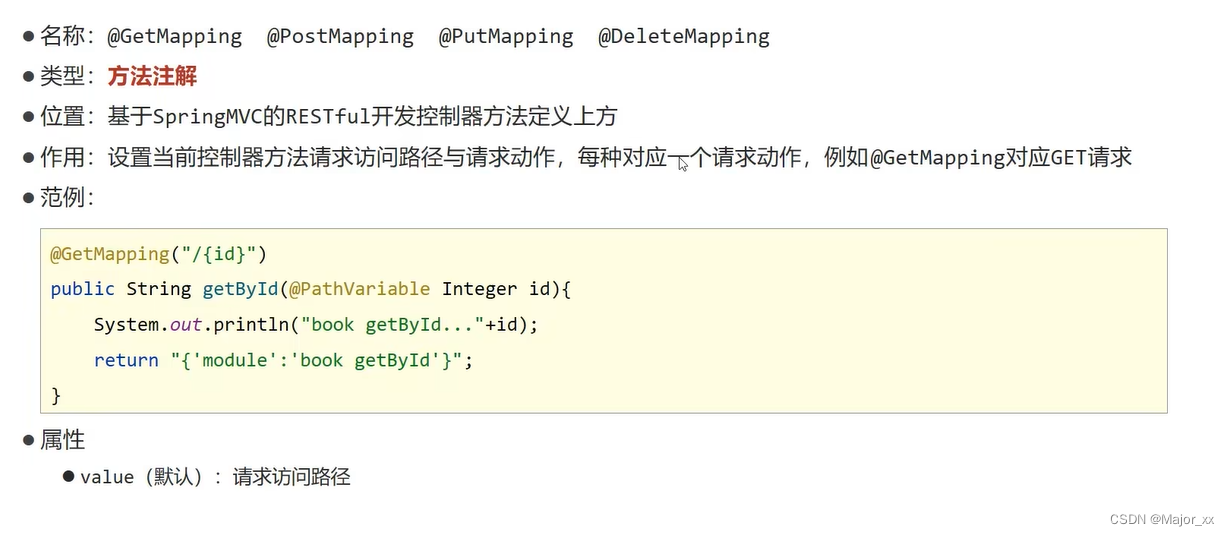
![[SICTF 2023] webmisc](https://img-blog.csdnimg.cn/b3205e2160964487bdf695e6e51c91d4.png)
